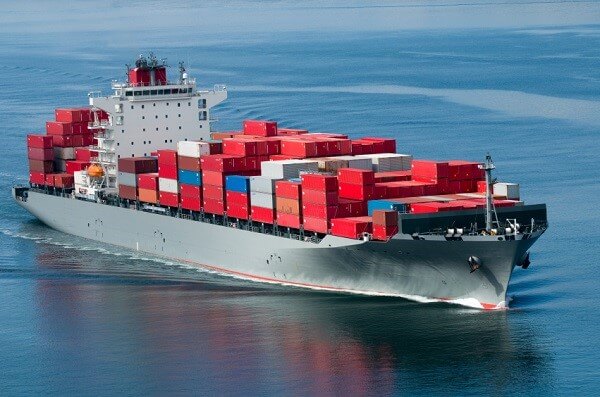Project Description
Marine and Boating R&D Tax Credit
Business Scenario
Carter Marine Group (CMG) specializes in marine infrastructure projects. In 2013, the company was approached by a client to create a permanent wharf in a high traffic import and export area.
CMG conducted R&D work to fulfil its client’s request with the main business objective being to design and develop a permanent wharf to assist in the importing and exporting of products in the oil and gas industry.
To qualify for R&D Tax Relief Schemes, they had to be certain their qualified research met key legislative requirements within the tax definition to demonstrate the project is R&D. These requirements include defining for tax purposes:
- Project
- Advance in science or technology
- science
- technology
- directly contribute
- scientific or technological uncertainty
After self-assessing, CMG declared the following experiments as R&D work.
CMG’s Eligible R&D Activities:
Design and development of a series of prototypes to achieve the technical objectives (design of the permanent wharf).
The hypothesis for this activity stated that CMG could design a permanent wharf in a high traffic area to support imports/exports of the oil and gas industry.
After conducting theoretical design experiments, CMG concluded that such a design was feasible, but needed to be prototyped and fully tested to prove the hypothesis.
Trials and analysis of data to achieve results that can be reproduced to a satisfactory standard (prototype development and testing of permanent wharf).
The hypothesis for this R&D experiment was that CMG could develop and test the wharf design to prove that it could be permanently installed to help the organization achieve its project objectives.
CMG concluded that the theoretical conclusions from the design phase could be realized through prototype development and related tests. CMG stated that the new knowledge generated would be used for further iterations of design and development and further field testing.
Background research to evaluate current knowledge gaps and determine feasibility (background research for permanent wharf).
CMG conducted the following R&D activities during this phase of its project:
- Literature search and review
- Initial discussions with marine engineers to discuss the feasibility of the project
- Review of existing drawings
- Consultation with industry professionals and potential customers to determine the level of interest and commercial feasibility of such a project
- Preliminary equipment and resources review with respect to capacity, performance and suitability for the project
- Consultation with key component/part/assembly suppliers to determine the factors they considered important in the design and to gain an understanding of how the design needed to be structured accordingly
The activities conducted during the background research were necessary because they assisted in identifying the key elements of the research project.
Ongoing analysis of customer or user feedback to improve the prototype design (feedback R&D of the permanent wharf).
CMG’s eligible R&D activities for this phase of the project included:
- Ongoing analysis and testing to improve the efficiency and safety of the project.
- Ongoing development and modification to interpret the experimental results and draw conclusions that served as starting points for the development of new hypotheses.
- Commercial analysis and functionality review.
These activities were necessary to evaluate the performance capabilities of the new design in the field and to improve any flaws in the design.
Commentary
QUALIFIED RESEARCH DEFINED
Qualified R&D projects consists of research for the intent of achieving an advance in overall knowledge. Advances in capabilities in the field of science or technology through the resolution of scientific process or technological uncertainty general qualify as R&D project. The advancement but not simply be in its own state of knowledge or capability. A companies R&D project must relate to the trade of the business whether it be an existing product or process or one intend to start based on R&D outcomes.
QUALIFYING PROJECT WITHIN THE TAX DEFITION
Activities that are eligible for R&D Relief are defined in the Guidelines by the HMRC, which must be met for the project to qualify as R&D.
- Project
- Advance in science or technology
- Science
- Technology
- Directly contribute
- Scientific or technological uncertainty
What records and specific documentation did CMG keep?
Similar to any tax credit or deduction, CMG had to save business records that outlined what it did in its R&D activities, including experimental activities and documents to prove that the work took place in a systematic manner.
CMG saved the following documentation:
- Literature review
- Project plans
- Photographs
- Progress reports
- Test results and analysis
- Customer feedback
- Field-test results
By having these records on file, CMG confirmed that it was “compliance ready” — meaning if it was audited by the HMRC, it could present documentation to show the progression of its R&D work, ultimately proving its R&D eligibility.






